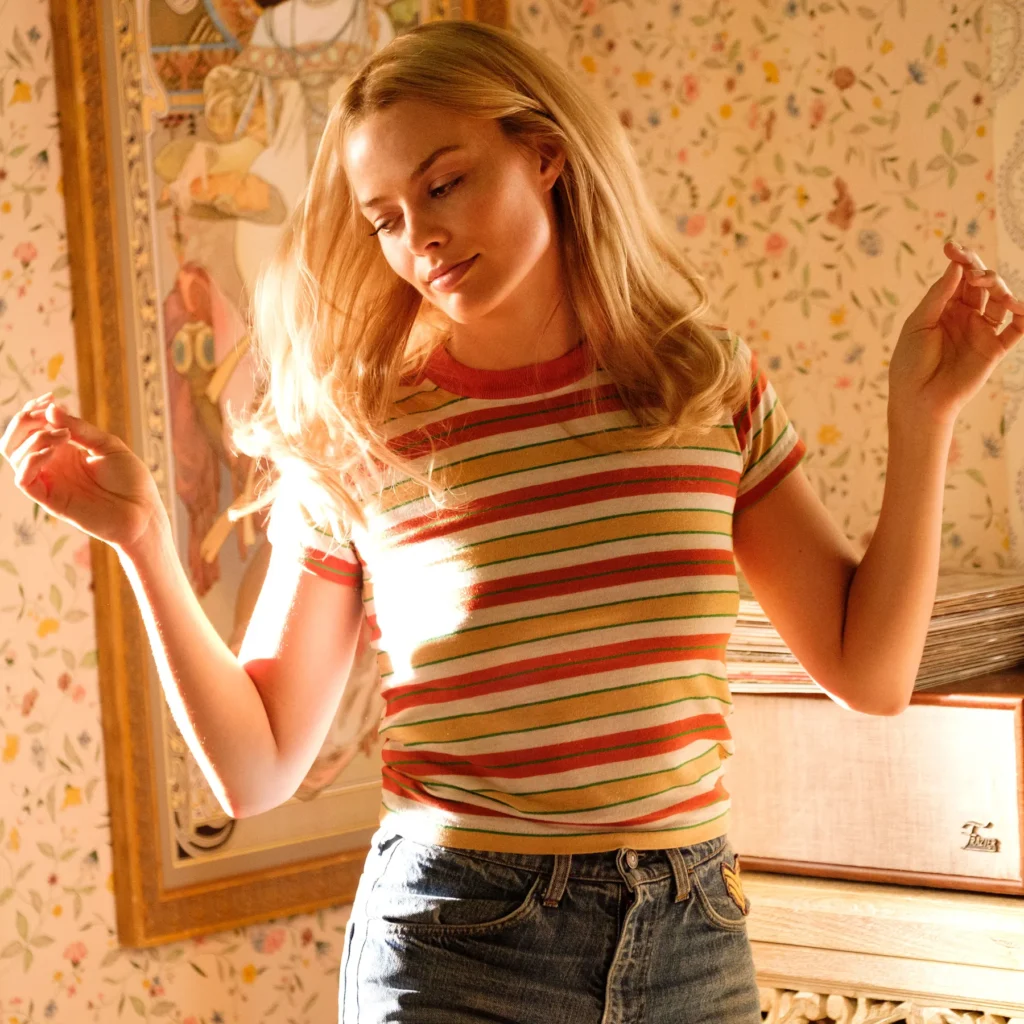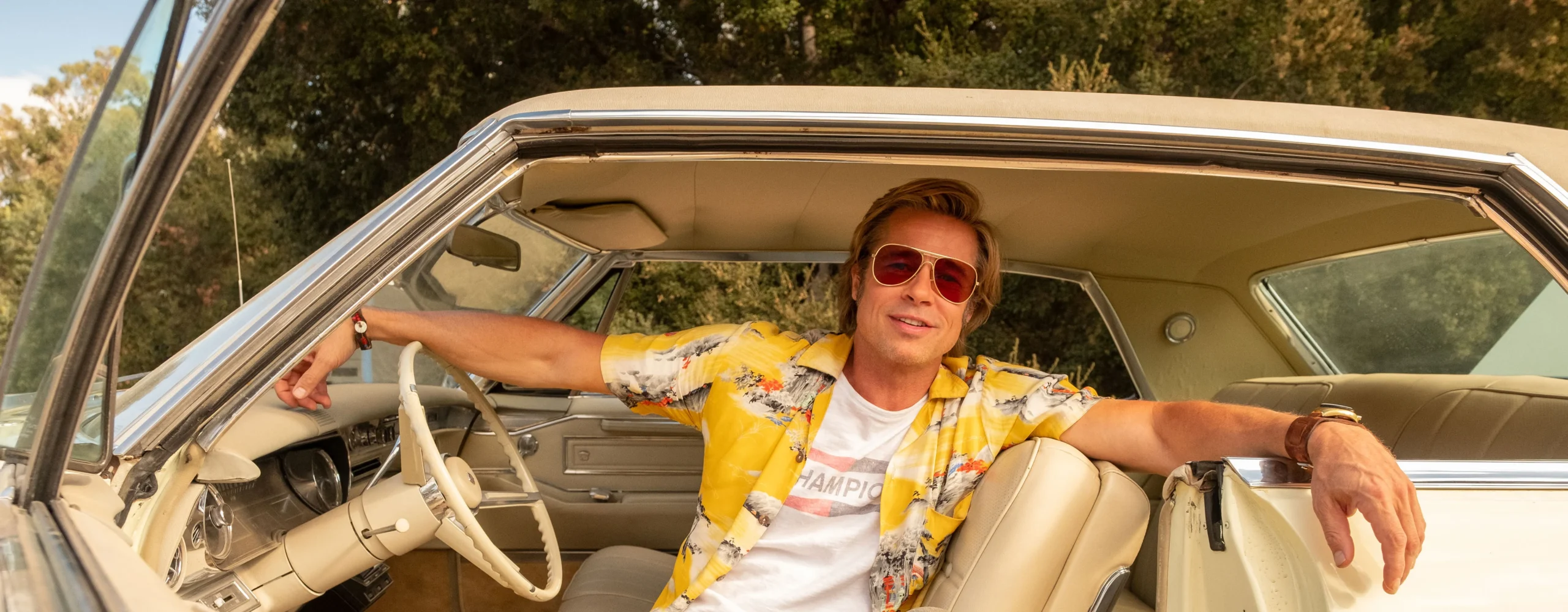Celluloid Clash: Once Upon a Time in Hollywood’s Book and Screen Adaptation: Once Upon a Time in Hollywood by Quentin Tarantino was a huge success in both literature and film. The overlapping lives of aging TV actor Rick Dalton, his stunt double Cliff Booth, and the next-door neighbor Sharon Tate are the focus of both the movie and the book, which are both set in 1969 Los Angeles. In this piece, we’ll evaluate the contrasts between the book and the film to determine which One Upon a Time triumphs in the world of Hollywood’s celluloid war.
Introduction
Quentin Tarantino, one of the more recognizable American film directors since the 90s when he came into prominence, is one of the leaders of the independent film movement. His films are characterized by interesting wordplay, stylized violence, witty interactions between characters with healthy doses of dark humor, a liberal use of memorable monologues, and an extreme use of profanity with a lyrical tendency. His movies also feature an ensemble cast and mostly follow non-linear storytelling.
Tarantino’s 2019 film, “Once Upon a Time in Hollywood,” plays to his strengths as a lover of film history and pop culture of the 1960s Americana. It follows a fading actor Rick Dalton (Leonardo DiCaprio), and his stunt double, Cliff Booth (Brad Pitt), as they navigate the 1969 Hollywood film industry while it is undergoing a transition phase, especially with the advent of New Age Hollywood encroaching upon the traditionalist systems. It is also tinged with the looming event of the murder of Sharon Tate by the Manson family. “Once Upon a Time in Hollywood” is a love letter to Hollywood through the lens of a modern-day fairy tale, almost literally, if the ending of the film is any indication.
When I watched the movie, one of the main features that struck me was its novelistic, digressive approach to storytelling. It made me wonder what the novelization of the screenplay would have looked like. Fast forward to finally catching up with the novel, the movie’s plot fits within the expansiveness of the novelistic assembly like a glove.

Once Upon a Time in Hollywood – The Book
The purpose of novelizations, as adaptations of early drafts of film scripts, leads to a lucrative venture as a marketing ploy by studios to attract more eyeballs. Most novelizations are written by accomplished writers, not involved with the film, and written within a tight deadline. The key distinction here is the novelization of this movie is written by the director-cum-screenwriter himself; therefore, the tonality of the movie should be translated perfectly to the written page, with added digressions or newer additions to the story, as novelizations are wont to do.
This story works very well as pulpy fan fiction. Digressions abound, characters are introduced, and backstories are explained by inserting chapters into the middle of an ongoing narrative – the story is meandering, but – here’s the important thing – it works because it is a novel.
As a novel, Tarantino can choose how to tell his story without worrying about pacing it into 120 or 155 minutes of runtime. He is free to insert backstories for Cliff Booth, including dedicating an entire chapter to his weird and excellent film taste or two paragraphs about how Cliff came about acquiring his dog or the film Rick Dalton is presently working on and his contemporary stars. There is an inordinate and thorough research of the period in which Tarantino is playing. In the movie, it would have felt like a drag, but it’s a delight in the book.
The cons, though, come from Tarantino’s excitement leading to indulgence. When detailing cliff’s taste in movies, or Rick’s taste in older TV shows, Tarantino writes it in a tone as if he is reviewing those pieces of media himself, though he is smart enough to introduce little quirks into those reviews. While Tarantino may be a great reviewer of films, these sections feel too separated from the narrative at times.
There are also chapters dedicated to him writing what essentially is an entire episode of Lancer, the pilot for the TV series Rick Dalton is shooting for. Reading that would make you feel like you are reading a pulp western. It is disconnected from the story of the book as a whole and makes you want to read a pulp western written by him, but the shift in tonality is too jarring to ignore.
Once Upon a Time in Hollywood – The Movie
Once Upon a Time in Hollywood is Quentin Tarantino’s self-indulgent ode to the Hollywood of 1969 as well as a love letter to Los Angeles. It is impressively detailed, both in its production, its soundtrack, the screenplay, and the casting of actors in bit roles like Timothy Olyphant and Damian Lewis as actors Jim Stacey and Steve McQueen. It’s an authenticity to the point of being neurotic, but the worldbuilding, as a result, evokes an era of a lived-in world where the audience would be inclined to hang out with the characters than follow the plot.
The problem, amidst all the worldbuilding, is the pacing becomes almost glacial. At the cost of making this a hangout movie, Tarantino sacrifices any sense of urgency in the screenplay, which is a shame considering the film’s premise hinges on whether the Manson family would be able to kill Sharon Tate. History would tell you the tragedy occurred, but Tarantino chooses to make the Sharon Tate murder the final nail in the coffin for the Golden age of Hollywood, thus creating a what-if scenario. The problem isn’t in ensuring the parable but in maintaining a basic sense of urgency while securing that the glass globe doesn’t crack. The ending, sadly, feels tacked on, and thus the “plot” itself doesn’t feel overarching but a last-minute addition to inducing a sense of excitement. While highly enjoyable, the finale is foreshadowed in the first act itself; the final act feels dissociated from the laidback tonality of the rest of the movie, giving rise to a jarring dissonance. It is especially evident as the camera slowly moves away from the characters, almost showing an imaginary glass globe covering this fairy tale world.
Once Upon a Time in Hollywood Book v/s Movie – Which is Better?
What is striking is the differences between the movie and the book, not the additions. Cliff in the book is brutish and far more lethal, while Rick Dalton is a more simplistic character. Tarantino’s wordsmith capabilities are on point in his exploration of Rick and Cliff; you do see the differences between his vision of the page and the performances of Brad Pitt and Leonardo DiCaprio, respectively. The ambiguity on whether Cliff killed his wife is finally answered in the book, and there are substantial deviations from the movie (scenes that were exciting in the movie are either completely excised or mentioned as an afterthought in the book).
Also, Read – 10 Classic English Short Stories on Love to Read
How Once Upon a Time in Hollywood Novel Ending Different than the Movie
The ending of the movie (with Rick Dalton choosing to make sheekh-kababs of the Manson family while Booth makes quick work of the rest of them) is addressed almost as an afterthought within the first pages of the novel. It’s almost like Tarantino’s love of the “what-if” fan fiction is present, but not on the macro scale. He isn’t interested in paying too much attention to altering history, and thus he chucks out the premise of the “plot” within the first few pages of the novel. As a result, the most noticeable difference becomes the ending.
It is the consistency of the tonality that is appreciated. Fans of the movie might not appreciate how Tarantino chooses to end the book, but (for my money as a reader) it completely encapsulates what Tarantino wanted the film to be. The book succeeds at establishing the same comprehensively.
This is a hangout movie on the life of an actor and a stunt double in the weird, wacky bylanes of the world that is Hollywood; whether he is changing that or creating an alternate history is an essential part of the movie. In the book, this consideration is more subtle. As a result of the hangout nature of the movie, Tarantino is free to introduce a sense of contemplation and commentary on the act of filmmaking and the film industry in the novel. It is fascinating how much Jim Stacey’s character gets far more real estate in the book to its advantage. The contemplation of Stacey’s character and the minute differences between the characters of Dalton and Booth from the movie gives the book an added texture. Additionally, because the pesky “premise of the plot” is absent, we as readers are carried away to Tarantino’s world of ‘69 Hollywood like Dorothy on a whirlwind. Honestly, that doesn’t seem like a bad world to hang out in at all.
Pro-Tip – Play the soundtrack of Once Upon a Time in Hollywood while reading the book. It gives an added auditory dimension to the whole proceedings.

